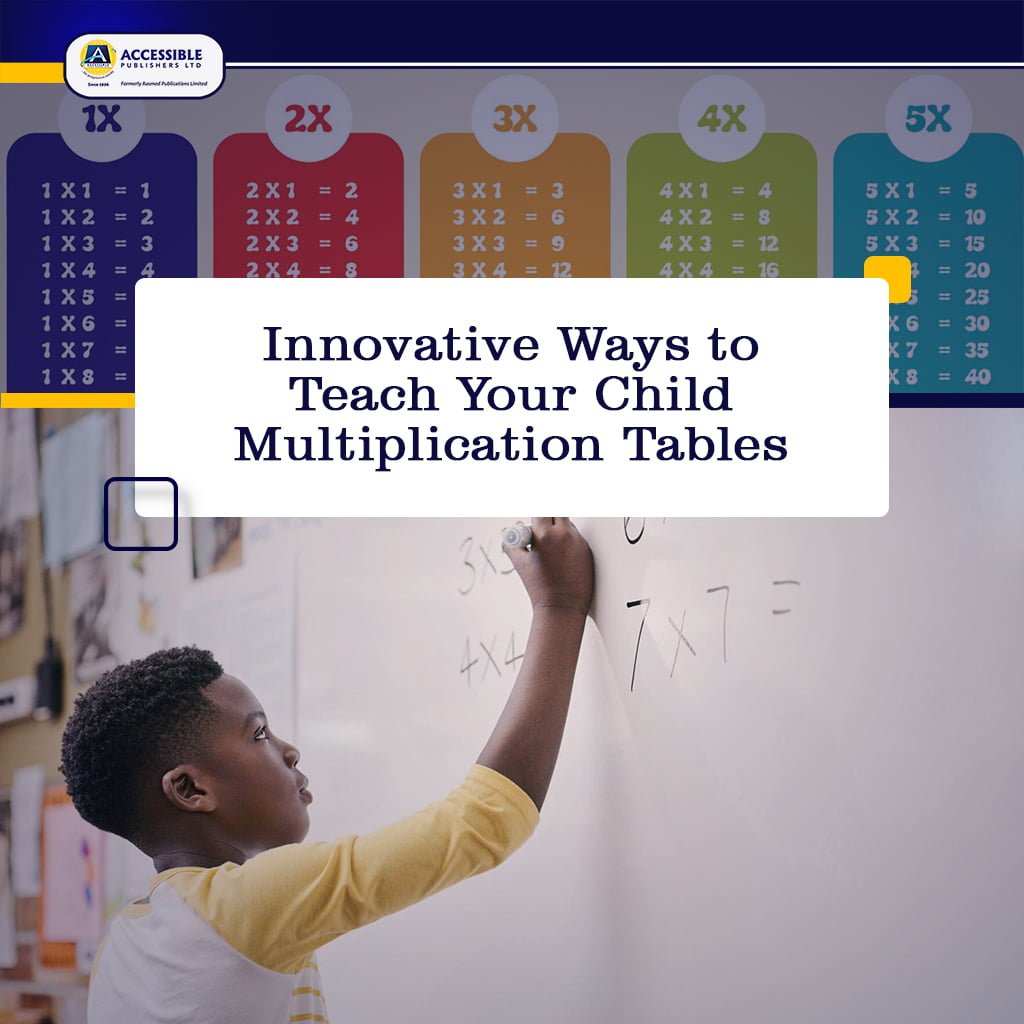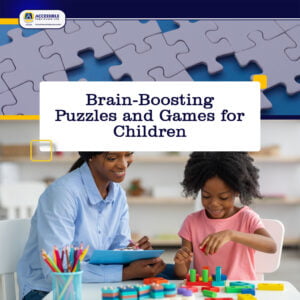Mathematics might not spark instant excitement in every child, but its influence extends far beyond the confines of the classroom. From the simple act of telling time to the intricacies of counting money, math seamlessly weaves itself into the fabric of our daily lives. Amidst the foundational pillars of addition, subtraction, multiplication, and division, multiplication emerges as a linchpin, a critical cornerstone upon which mathematical prowess is built.
In the vast landscape of mathematical concepts, mastery of times tables and multiplication lays the groundwork for the exploration of more advanced skills, beckoning students into the realms of algebra and calculus.
As a primary school math teacher, you wield the transformative power to infuse multiplication with a sense of joy and engagement. The significance of cultivating an early love for numbers cannot be overstated; it is a key that unlocks the doors to a multitude of academic successes in the years that follow.
Join us on a captivating journey into the heart of multiplication, where the seemingly mundane transforms into a gateway to mathematical wonder. Discover the secrets to making multiplication a lively and integral part of the learning experience, paving the way for a future where numbers are not just crunched but celebrated. Let’s embark on this adventure together, fostering a love for math that will resonate throughout a lifetime of learning.
The Key Power of Multiplication: Why It Matters
Understanding why learning multiplication tables matters is crucial for both teachers and parents alike. Fluency with times tables provides the basis for more complex math, from division and fractions to secondary school algebra and beyond.
Furthermore, practising multiplication strengthens problem-solving skills, builds confidence, and develops critical thinking. Given that we live in an increasingly technology-driven world, having competency with multiplication gives children a practical life skill for budgeting, time management, and basic calculations.
Therefore, investing the time to truly teach (not just memorize) times tables can significantly further a child’s academic and real-world development.
Often, when introducing multiplication, teachers move too rapidly or begin with concepts too advanced to grasp. Rushing lessons and missing foundations can overwhelm students. As a result, children become discouraged, intimidated, and disengaged – severely impeding learning.
However, fluency with times tables is an essential competency before advancing grade levels. Thus, educators and parents must present multiplication in an engaging, student-centred manner.
Innovative Ways to Make Multiplication tables magical for your child
1. Sing Songs and Chants:
Music is a great way to get information stuck in someone’s head. Tap into the power of music to lock in memorization. Clap or chant times tables to a steady rhythm. Make up silly raps. YouTube has many educational music videos to reinforce facts through repetition.
2. Connect to Real Objects:
Relate multiplication to tangible items. Have kids group socks into pairs to show 2x. Put 6 grapes in bowls for 6x facts. Anchoring abstract concepts makes them more concrete. Make use of objects they can easily relate to. This is a fantastic method to use, particularly for a child who is a visual learner. This allows children to see multiplication in its simplest form, which is adding multiple groups of one number over and over again.
3. Reveal Patterns:
Identify patterns when teaching multiplication to help your child see a link between the different times tables. For instance, if you get your child to write out their 10 times tables, you can point out that, when a number is multiplied by 10, it gains a 0 at the end and in the 5 times table all the numbers end in 5 or 0.
4. Make it a Game:
Inject fun into learning! Praise success and give brain breaks. Up the engagement with friendly competition. Math should feel rewarding. Create time and teach patiently. Do not be pushed to pressurize your child and don’t forget to pause and have fun between serious repetitions of the facts. If you’re happy with their success, they’ll be more likely to want to be successful. Show them how awesome they’re doing with verbal recognition.
5. Quiz Strategically:
Once they start knowing the tables, put them to the test. It’s best to do this when there’s nothing else really going on, like while walking them to school or waiting for a bus. Also, try to normalise these drills by allocating a specific time of the week to quiz them, rather than springing it on them randomly, that way the drills aren’t too stressful.
6. Leverage Curriculum Resources:
There are exceptional maths textbooks that can be used according to the age range and class of children.
In Accessible Publishers, we have a variety of qualitative, well-structured and curriculum-compliant Maths textbooks. They come with a wide variety of activities, like multiplication facts and word problems.
In addition, While there are debates over multiplication sequencing, many experts agree beginning with the 2s, 5s, and 10s lays the best foundation. The repetitive patterns in these tables are simpler for young minds to grasp.
For example, in the 2s, every number is even. Additionally, any number multiplied by an even number results in an even product. Chanting the 10s reveals the consistent structure: “…6 tens are 60, 7 tens are 70…” All numbers in both the 10s and 5s tables end in predictable 0s and 5s.
Once these basics are secured, advancing to the 4s and 8s becomes easier. Mastery of early tables through purposeful sequencing sets up smoother progress later.
To wrap up, learning multiplication may never be kids’ most loved subject, but we can instill engagement versus dread. Multiplication forms a cornerstone that, when instilled correctly at an early age, has resounding impacts on math proficiency across all future disciplines.
What has worked in your classroom or home? Please share other winning strategies in the comments.
Check out our literature catalogue to discover an array of titles that can help motivate children to keep turning the pages. It’s time to explore and embark on an enriching literary journey.
Click this link to learn more about us here!





